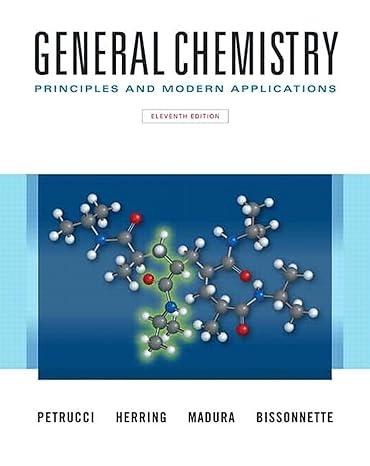Every year, oral rehydration therapy (ORT)the feeding of an electrolyte solutionsaves the lives of countless children worldwide
Question:
Every year, oral rehydration therapy (ORT)—the feeding of an electrolyte solution—saves the lives of countless children worldwide who become severely dehydrated as a result of diarrhea. One requirement of the solution used is that it be isotonic with human blood.
(a) One definition of an isotonic solution given in the text is that it have the same osmotic pressure as 0.92% NaCl(aq) (mass/volume). Another definition is that the solution have a freezing point of -0.52 °C. Show that these two definitions are in reasonably close agreement given that we are using solution concentrations rather than activities.
(b) Use the freezing-point definition from part (a) to show that an ORT solution containing 3.5 g NaCl, 1.5 g KCl, 2.9 g Na3C6H5O7 (sodium citrate), and 20.0 g C6H12O6 (glucose) per liter meets the requirement of being isotonic.
Step by Step Answer:

General Chemistry Principles And Modern Applications
ISBN: 9780132931281
11th Edition
Authors: Ralph Petrucci, Jeffry Madura, F. Herring, Carey Bissonnette





